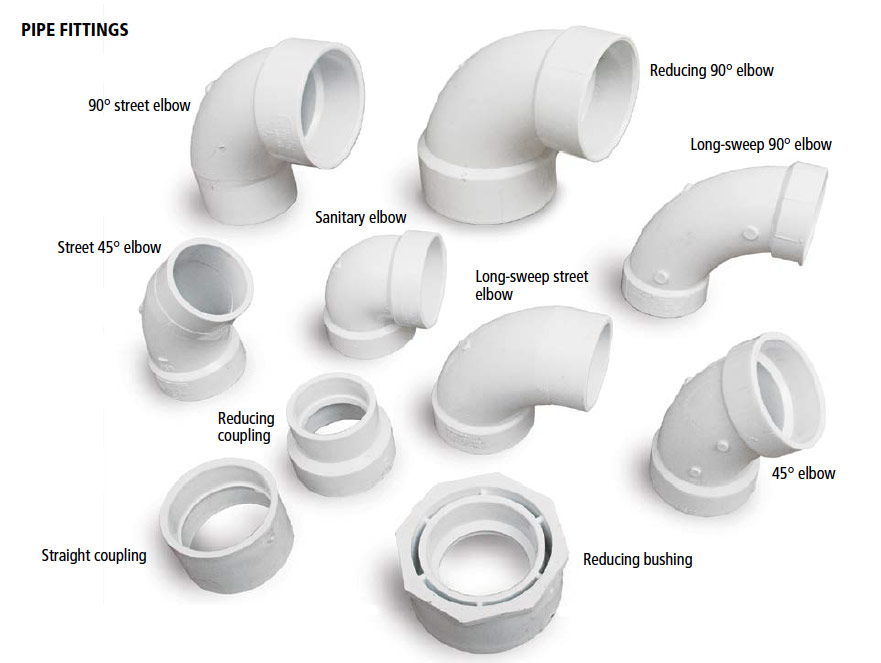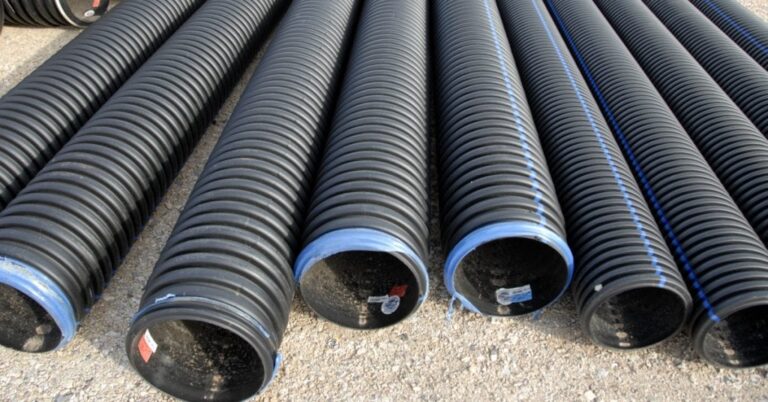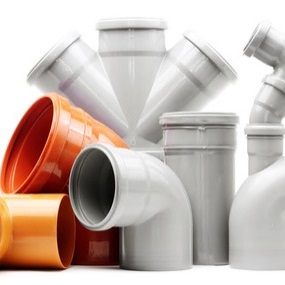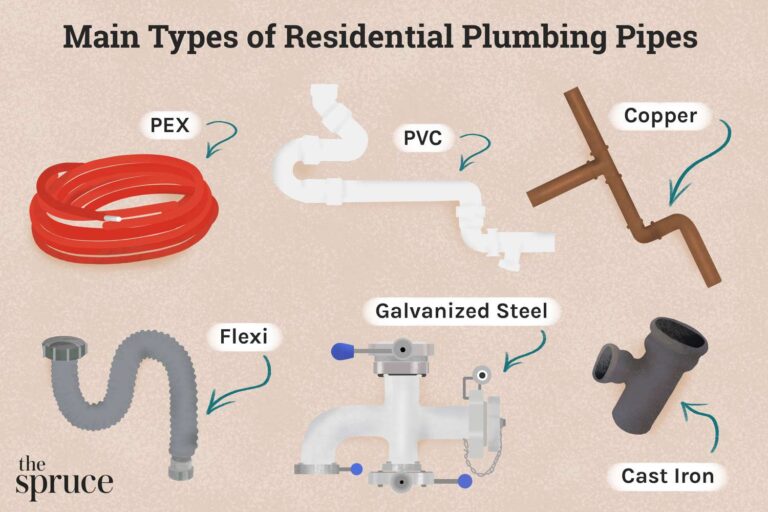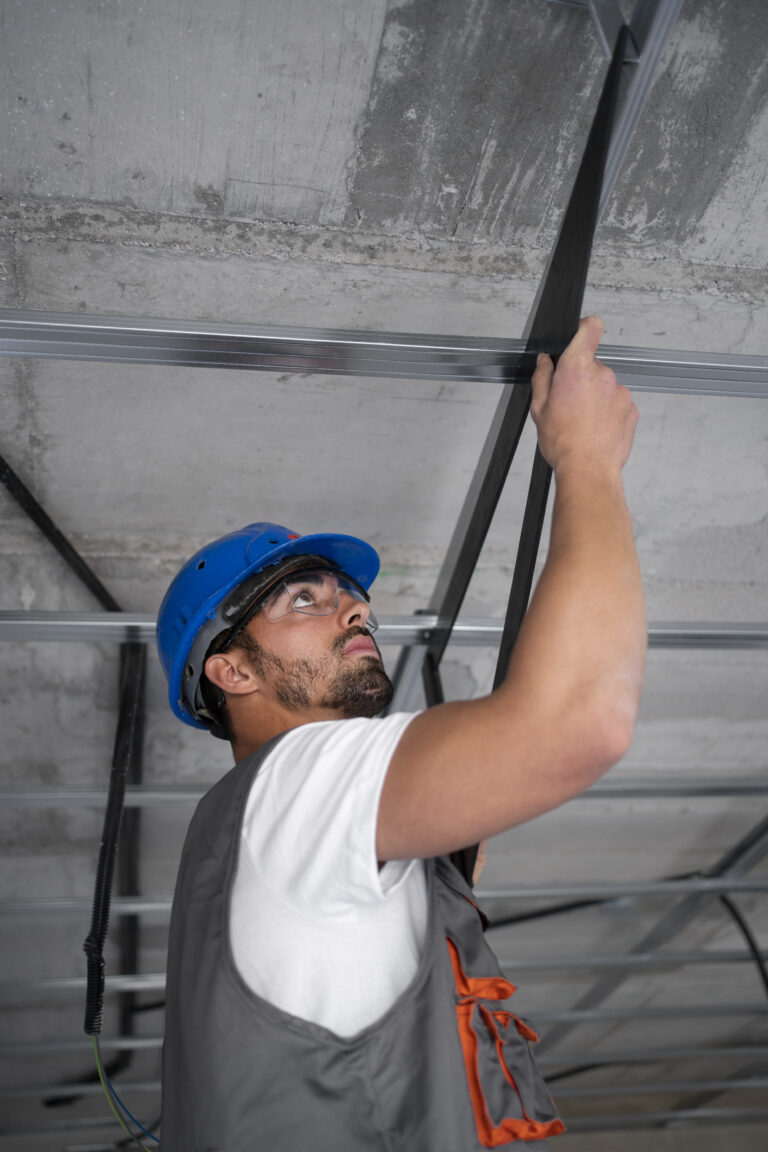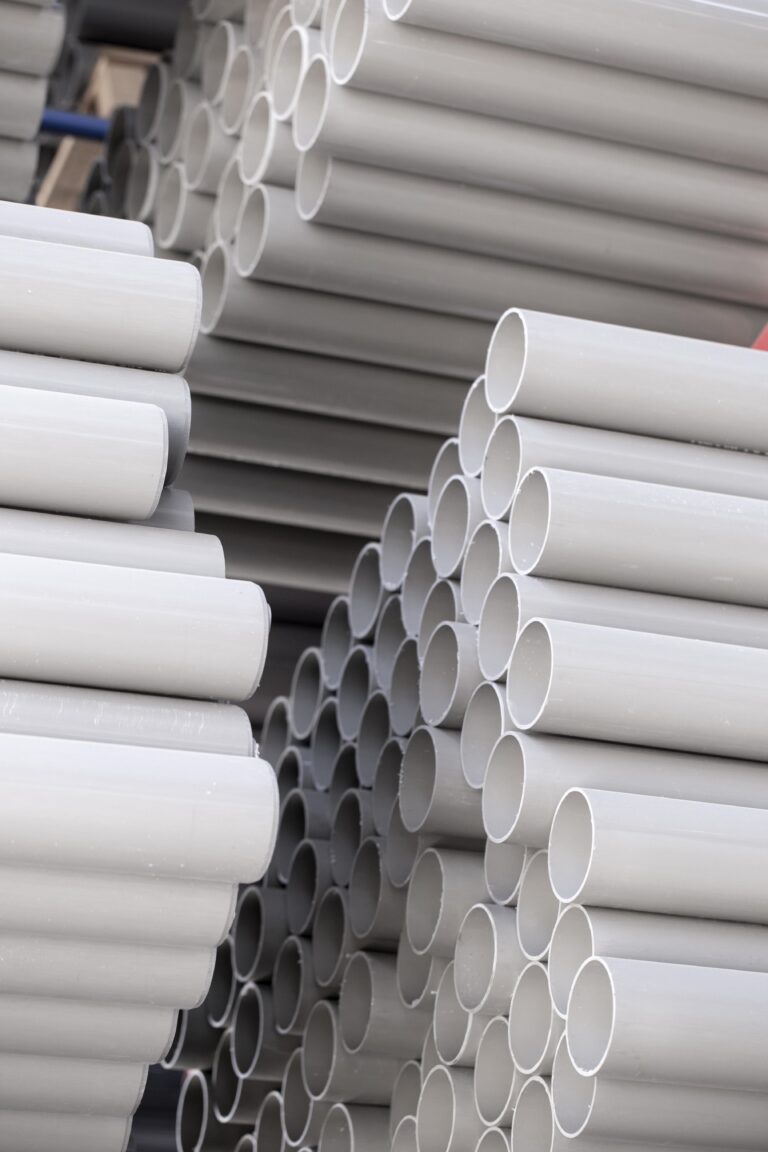What Is Plumbing Pipe Fitting?
Plumbing pipe fitting is the process of connecting pipes and other components in a plumbing system to ensure the efficient and safe transfer of water, gas, and other substances. It involves connecting pipes of different sizes, shapes, and materials to create a complete and functional plumbing system. It also includes connecting various fixtures and appliances to the plumbing system. Plumbing pipe fitting is a specialized skill that requires knowledge of the applicable regulations and codes as well as the use of specialized tools.
Types of Plumbing Pipe Fittings
Plumbing pipe fittings are a key component to any successful plumbing system. As such, it is important to be familiar with the different types available. Generally, there are three types of plumbing pipe fittings: compression fittings, push-fit fittings and threaded fittings. Compression fittings are a reliable, efficient and easy to use solution for connecting two pipes. Push-fit fittings are designed to make installation a breeze and require no tools or extra components. Threaded fittings are used to join pipes and provide a secure and leak-free seal. No matter the job, there’s a fitting for it; from elbow fittings to reducers, couplings to caps, and everything in between. With the right plumbing pipe fittings, any plumbing job will be a success.
How to Choose the Right Fitting for Your Plumbing System
Choosing the right fitting for your plumbing system is an important step in ensuring that your plumbing is functioning properly. When selecting a fitting, it is important to consider the type of pipe or tubing you are using, the size of the fitting, the amount of pressure the fitting will need to withstand, and the type of connection you need. It is also important to consider the environment in which the fitting will be used. Factors such as temperature, corrosion, and chemical exposure can all impact the performance of the fitting. Once you have taken these factors into consideration, you can select the appropriate fitting for your system. With the right fitting, you can be sure that your plumbing system will be safe and functioning properly.
Common Plumbing Pipe Fitting Installation Practices
Installing a plumbing pipe fitting is a critical part of any home or business plumbing job. Properly installed plumbing fittings are essential for the efficient and safe operation of a plumbing system. Common practices for installing plumbing pipe fittings include choosing the right type of fitting for the job, ensuring that the fitting is secure, and using the right tools and techniques. Additionally, it’s important to check for leaks and ensure that the connection is watertight before using the system. With careful installation and maintenance, plumbing pipe fittings can provide years of reliable service.
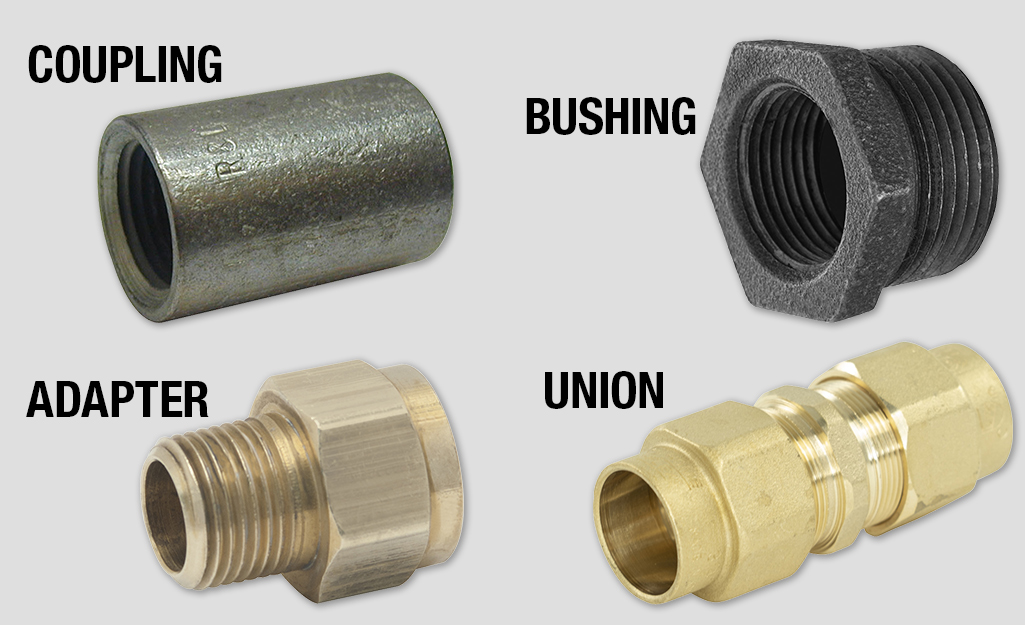
Advantages and Disadvantages of Different Fitting Materials
Blogging about the advantages and disadvantages of different fitting materials is a great way to stay up to date on the latest developments in the industry. Whether you’re researching for a home improvement project or trying to find the best product for your business, it pays to be informed. Take a look at the pros and cons of popular materials like metal, wood, plastic, and concrete to make an informed decision and get the best results for your project. Compare the strength, cost, and aesthetics of each material to determine the best fit. With so many options to choose from, you can get the most out of your fitting materials and make your project a success.
Tips for Avoiding Common Pipe Fitting Mistakes
Pipe fitting mistakes can be costly and time consuming to fix. To avoid common mistakes, it’s important to know the basics of pipe fitting, including the different types of fittings and how to properly assemble them. Additionally, always use the correct size of pipe and fittings for the job, and ensure you’re working cleanly to prevent contamination. Double-check your work for accuracy, and pay attention to details such as pipe lengths and angles. Finally, don’t forget to use sealants and lubricants where necessary to prevent leaks. Following these tips can help you avoid common mistakes when pipe fitting – saving you time and money in the long run.
Maintenance Advice for Plumbing Pipe Fittings
Pipe fittings are essential components of any plumbing system. Proper maintenance and care of your pipe fittings is important to ensure long-lasting performance and reliability. Here are some maintenance tips to keep your fittings in top shape: Inspect your fittings regularly for signs of wear and tear. Make sure to replace any corroded, damaged, or worn-out parts. Clean the fittings with a mild soapy solution every few months. Tighten any loose fittings to prevent water leaks. Invest in quality pipe fittings and supplies, and replace any that are of inferior quality. Use the correct size of fittings for your pipes. Follow the manufacturer’s instructions for installation and maintenance. Finally, contact a professional plumber for any major repairs or installation. By following these simple maintenance tips, you can ensure your pipe fittings remain reliable and work properly for years to come.
FAQs About the What Is Plumbing Pipe Fitting?
Q: What materials are plumbing pipe fittings made from?
A: Plumbing pipe fittings are typically made from metals like copper, brass, stainless steel, aluminum, or plastic.
Q: How do plumbing pipe fittings connect two sections of pipe?
A: Plumbing pipe fittings are built with threads, barbs, and/or compression seals that allow them to connect to two sections of pipe. The type of fitting needed depends on the type of pipe being used.
Q: How often should plumbing pipe fittings be checked?
A: Plumbing pipe fittings should be inspected regularly to check for signs of corrosion, leaks, or other damage. If any issue is detected, the fitting should be replaced immediately to prevent further damage.
Conclusion
Plumbing pipe fitting is an important part of any plumbing system. It is responsible for connecting the various pipes and fixtures of the system in order to ensure that water is able to flow properly. Different types of fittings are available for different applications, and they must be installed correctly in order to ensure that the plumbing system is working properly. With proper installation and maintenance, plumbing pipe fittings can help ensure that your plumbing system is safe and efficient.

